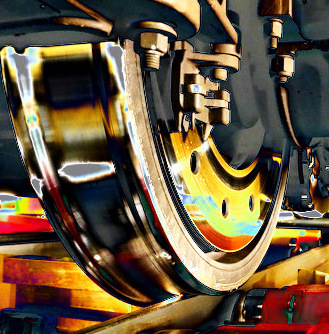Driverless train derails
 An investigation has been launched after a driverless train derailment in WA.
An investigation has been launched after a driverless train derailment in WA.
A driverless train operated by mining giant Rio Tinto on the outskirts of Karratha came off its rails on Saturday at approximately 6:30 PM, resulting in multiple overturned train cars along Warlu Road.
Rio Tinto, known for operating around 14,000 cars on its Pilbara rail lines, transports substantial quantities of iron ore, with each car capable of carrying up to 118 tonnes.
The train involved in the incident was en route from one of Rio Tinto's mine sites to the Port of Dampier.
According to a Rio Tinto spokesperson, approximately 30 wagons were derailed during the incident. Fortunately, no injuries were reported as the train was operating in autonomous mode.
“Our top priority is the safety and wellbeing of our people and communities,” said the spokesperson.
The rail line where the incident occurred is exclusively used by Rio Tinto and does not accommodate other trains.
Recovery operations to clear the derailed wagons have already commenced, and the Office of the National Rail Safety Regulator (ONRSR) has been informed.
Preliminary findings from the ONRSR reportedly suggest that the onboard systems responsible for ensuring the automated train's safety performed as intended.
The investigation is expected to shed light on the cause of the incident and any potential improvements that can be made to prevent similar occurrences in the future.
Rio Tinto says it remains committed to upholding the highest safety standards in its operations.
In 2018, a runaway iron ore train operated by BHP was deliberately derailed in WA's remote Pilbara region.
The Australian Transport Safety Bureau (ATSB) said the fully laden train - including four locomotives and 268 wagons - was travelling from Newman to Port Hedland on Monday when the driver hopped out to inspect a wagon.
The train then took off from the siding before the driver could get back on board.
It travelled 92 kilometres at an average speed of 110km/h) before it was derailed at a set of points about 120 kilometres from Port Hedland.







 Print
Print